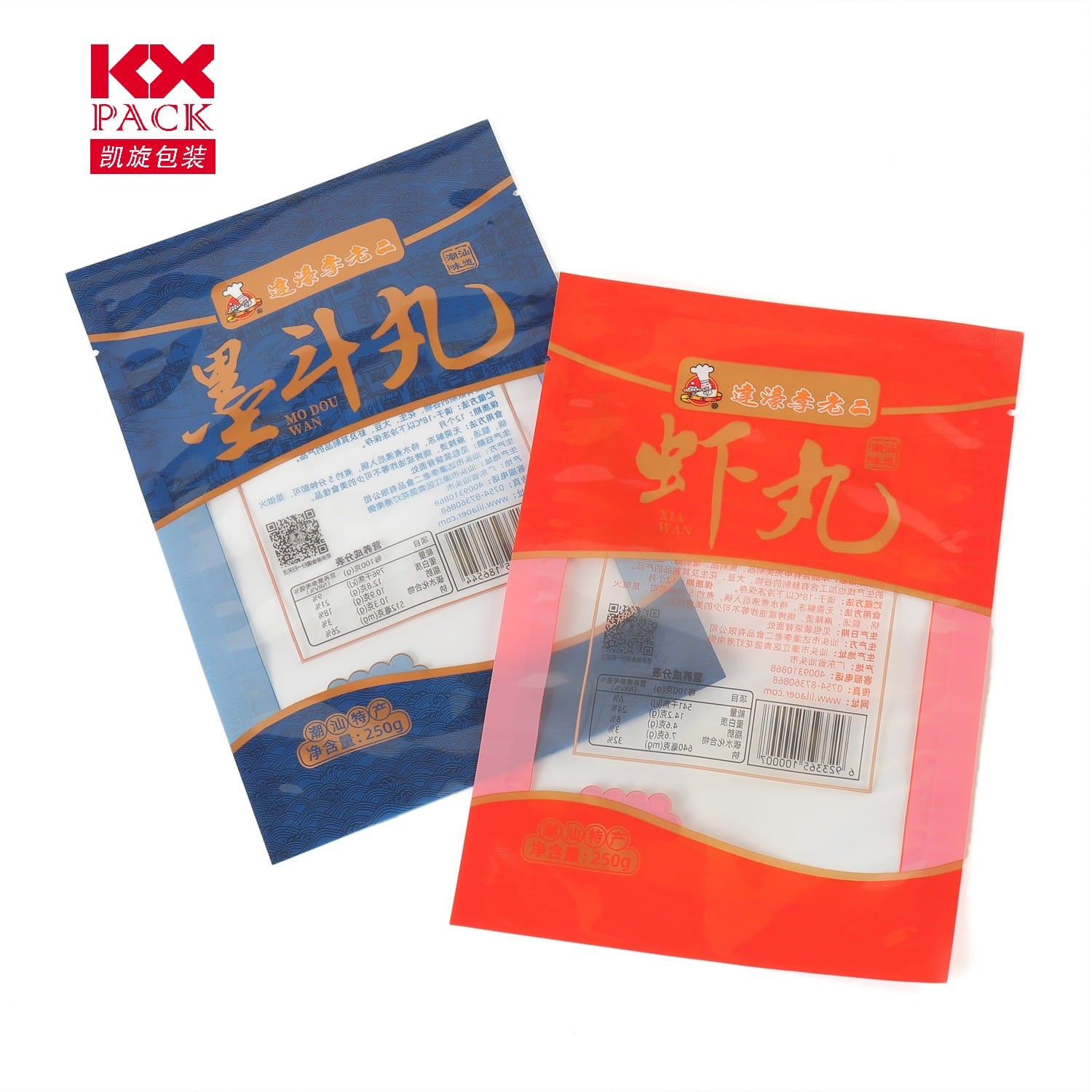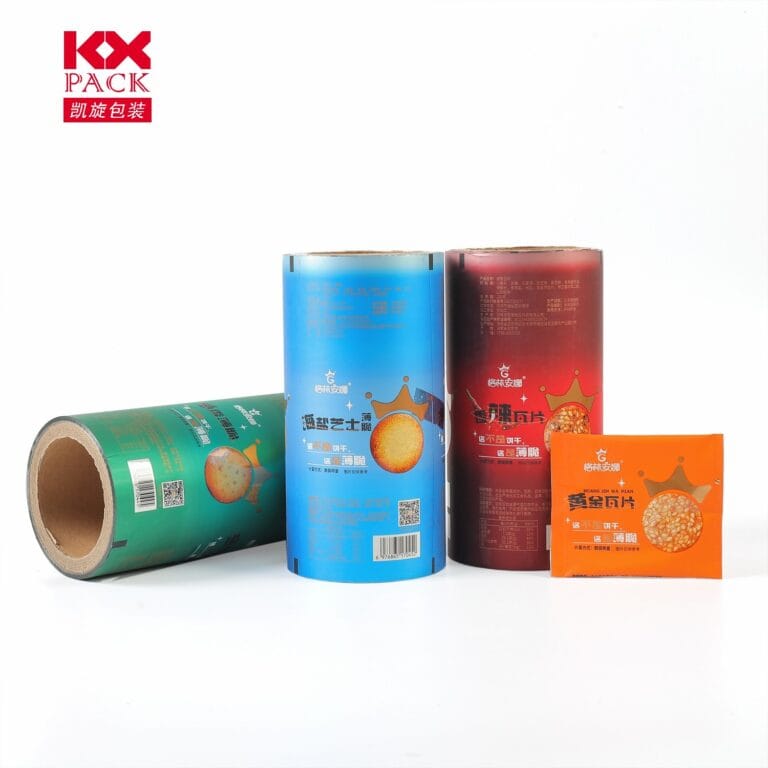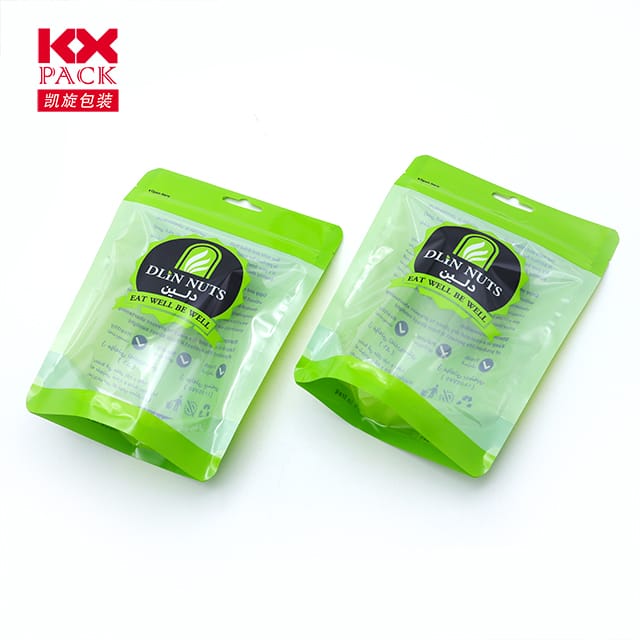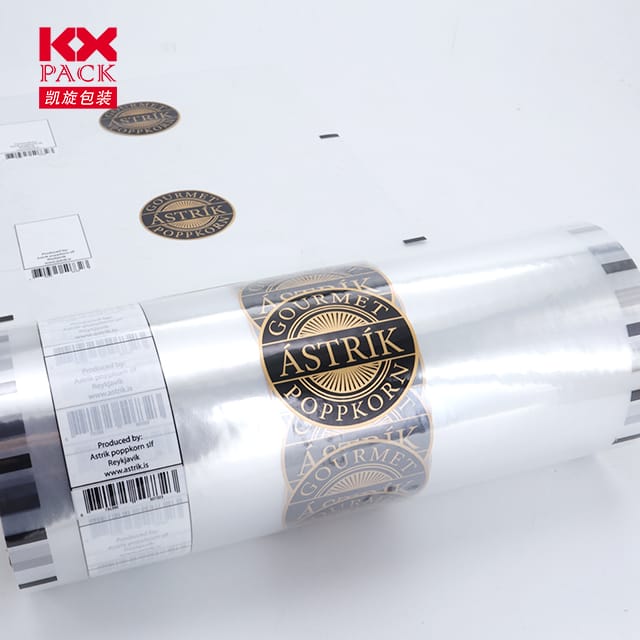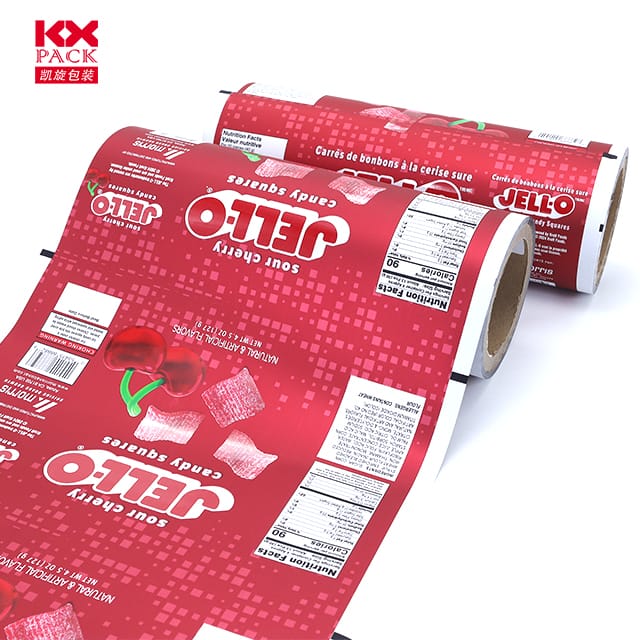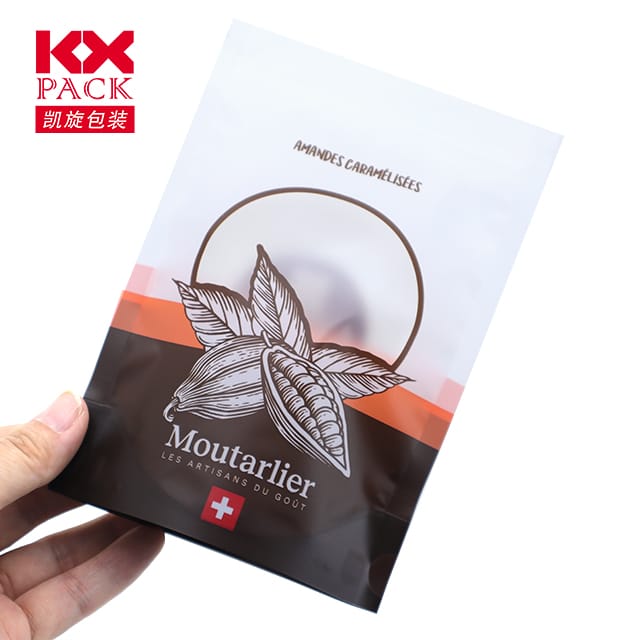灵活的胶片包装: 可持续和创新产品保护的未来
灵活的胶片包装
在当今快节奏的消费市场中, 包装不再只是包含产品,而是品牌的关键组成部分, 可持续性, 和功能. 在可用的各种包装解决方案中, 灵活的胶片包装 已经成为改变游戏规则的人, 提供多功能性, 效率, 和环保的好处. 无论您是企业主, 可持续性倡导者, 或一个好奇的消费者, understanding the advantages and applications of flexible films can reshape how you view modern packaging.(灵活的胶片包装)
What Is Flexible Film Packaging?
Flexible film packaging refers to lightweight, pliable materials used to wrap, 海豹, or protect products. Typically made from layers of plastic (例如聚乙烯, 聚丙烯, 或宠物), 铝箔, 或可生物降解的聚合物, these films can be molded into various shapes and sizes. Common examples include pouches, 包, 包裹, and liners used in industries like food, 药品, 化妆品, 和电子产品.
Key Benefits of Flexible Film Packaging
1. Sustainability and Reduced Waste
- 轻量级设计: Flexible films use less material than rigid packaging (例如。, plastic bottles or cardboard boxes), reducing carbon footprints during production and transportation.
- 回收: 许多灵活的电影现在可回收或可堆肥, aligning with global efforts to minimize plastic pollution.
- 延长保质期: Multi-layer films with barrier properties (例如。, 氧气或耐水性) help preserve freshness, 减少食物浪费.
2. 成本效益
- Lower Material Costs: 更薄, lighter films are cheaper to produce and ship compared to bulky alternatives.
- Space Efficiency: Flexible packaging takes up less storage space, optimizing warehouse and retail shelf utilization.
3. Versatility and Innovation
- Customizable Designs: Flexible films can be printed with vibrant graphics, 品牌, and essential information (例如。, nutrition labels or QR codes).
- Resealable Features: Zippers, 喷口, or tear notches enhance convenience for consumers.
- Adaptability: Suitable for diverse products, from granola bars to liquid detergents, and even medical devices.
跨行业的申请
1. 食品和饮料
- 新鲜农产品: 改良的气氛包装 (地图) films extend the shelf life of fruits and vegetables.
- Snacks and Confectionery: Resealable pouches keep chips, 坚果, and candies crisp and accessible.
- Liquid Packaging: Stand-up pouches with spouts are replacing traditional juice boxes and milk cartons.
2. 药品和医疗保健
- 水泡包: Flexible films protect pills from moisture and contamination.
- 医疗设备: Sterile packaging ensures safety for syringes, bandages, and implants.
3. Personal Care and Beauty
- 洗发水和乳液袋: Lightweight alternatives to plastic bottles, popular in eco-conscious brands.
- Makeup Wipes and Samples: Single-use packets offer hygiene and portability.
挑战和未来趋势
While flexible film packaging offers numerous benefits, 仍然存在挑战:
- 回收基础设施: Not all regions have facilities to process multi-layer films.
- 消费者的感知: Some associate flexible plastics with “cheap” or “low-quality” packaging.
然而, the industry is evolving rapidly:
- 生物降解材料: Companies are investing in plant-based films that decompose naturally.
- 智能包装: Incorporating sensors or indicators to monitor product freshness or authenticity.
- 循环经济模型: Brands are adopting take-back programs to recycle used packaging.
Why Businesses Should Switch to Flexible Films
For companies aiming to reduce costs, enhance sustainability, and meet consumer demand for eco-friendly options, flexible film packaging is a strategic choice. It aligns with corporate social responsibility (CSR) goals while offering practical benefits like improved product protection and customer satisfaction.
最后的想法
Flexible film packaging is more than a trend—it’s a sustainable, innovative solution reshaping industries worldwide. As technology advances and environmental awareness grows, these materials will play an increasingly vital role in reducing waste and redefining product delivery.
Ready to make the switch? Whether you’re a business owner exploring packaging options or a consumer advocating for greener choices, flexible films offer a win-win for your brand and the planet.
在下面的评论中分享您的想法: How do you see flexible film packaging evolving in the next decade? 🌍📦

